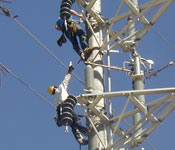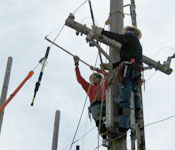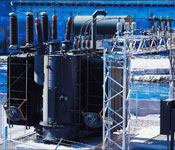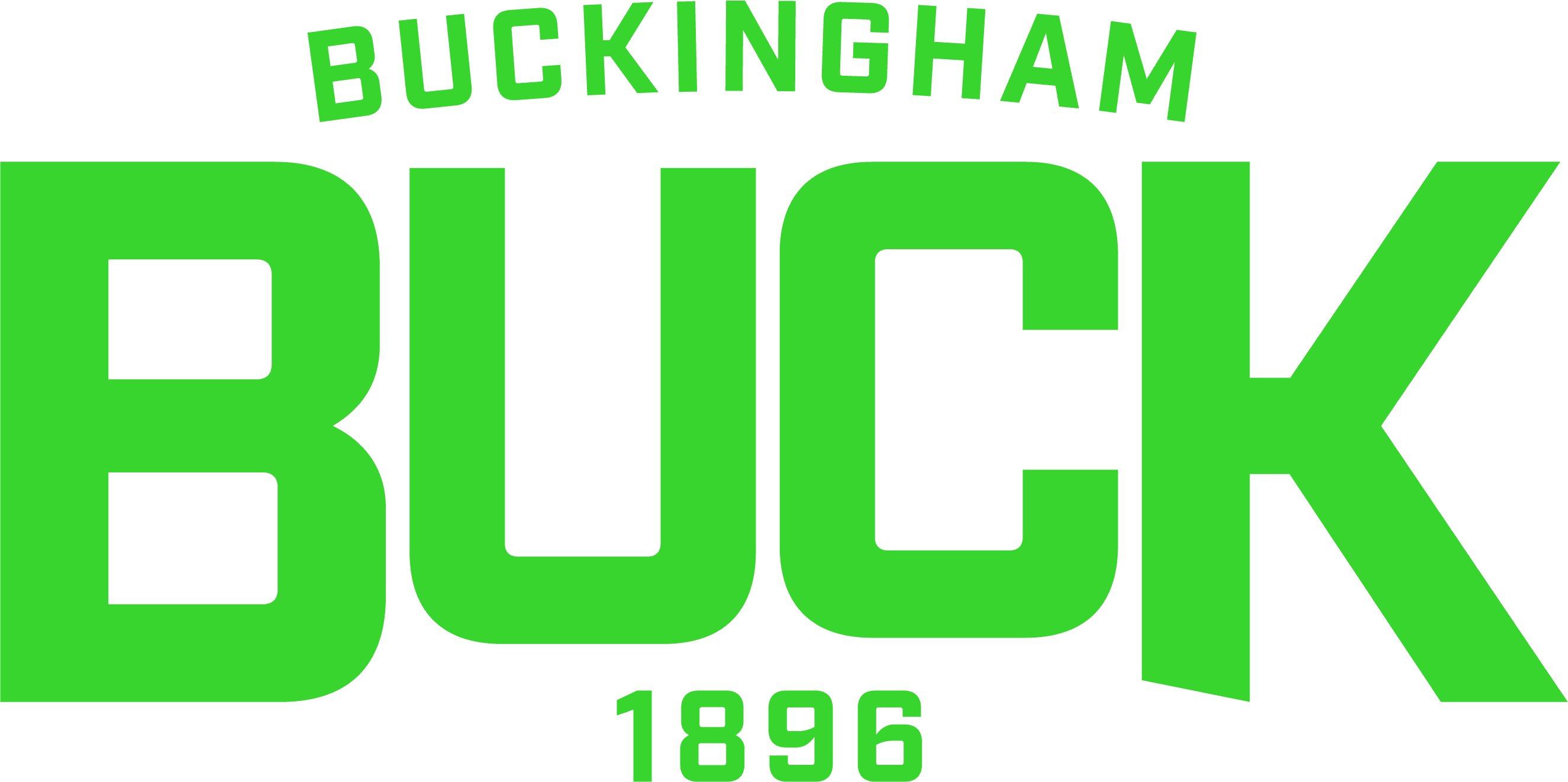Member Access
for Apprentice/Students, Instructors, Subcommittee and Board Members
What's a Journeyman Lineman?
Journeymen linemen build and maintain electrical power systems. They do all the work from the point of generation (power plants) all the way to the customer's meter. The lines may be on overhead structures (up to 300') or in underground vaults or trenches. They may be in rural and metropolitan areas. Linemen also do work on traffic signals and street lights. The work is varied and exciting and the rewards are plentiful.
Being a journeyman lineman is really a combination of jobs — part engineer, part project manager, part equipment operator and part mechanic. Your apprenticeship training program will prepare you for all aspects of this exciting and rewarding career.


















